A4 Accelerator | 2024
Khanya Mashabela
A run-through of London’s project spaces, galleries, and independent artist led-initiatives during the Accelerator, 2023. – February 26, 2024
Sunday, 29 October
We hit the ground running with visits to London’s most prominent museums.Tate Britain, Tate Modern, Southbank Centre’s London Literature Festival, and Hayward Gallery.
Mitchell and I began our trip at Sarah Lucas’s retrospective at Tate Britain. Given that the ‘YBAs’ are now established artists, it was interesting to see how Lucas has made ambitious works that still feel relevant and subversive. The permanent collection exhibition had also recently been rehung with more contemporary works that matched our research interests, and art from former British colonies which expanded the ideas held by the category of ‘historical painting’.

We split up south of the London Bridge, with Mitchell going to the permanent collection display at Tate Modern while I went to Teju Cole’s discussion of his new novel Tremor (2023) at the Southbank Centre’s London Literature Festival. We ended our day over a cup of tea with Tate Modern curator Valentine Umansky at the Hayward Gallery cafe.

Monday, 30 October
Our first day full day in London was mainly spent exploring commercial galleries, with visits to Alice Amati, Rodeo, Sadie Coles, Lindon & Co., Thomas Dane Gallery, Hauser & Wirth, and Cornershop.
Alice Amati is a young gallerist who opened her own space in 2023, with a focus on working with young artists from throughout Europe, most of whom have not yet had a solo exhibition in London. It was interesting to see how she was able to access a market for emerging artists making experimental work, while still keeping the gallery financial viable. An example is Rike Droescher’s installation which included handmade, ceramic apples which were inexpensively priced and sold as editions.
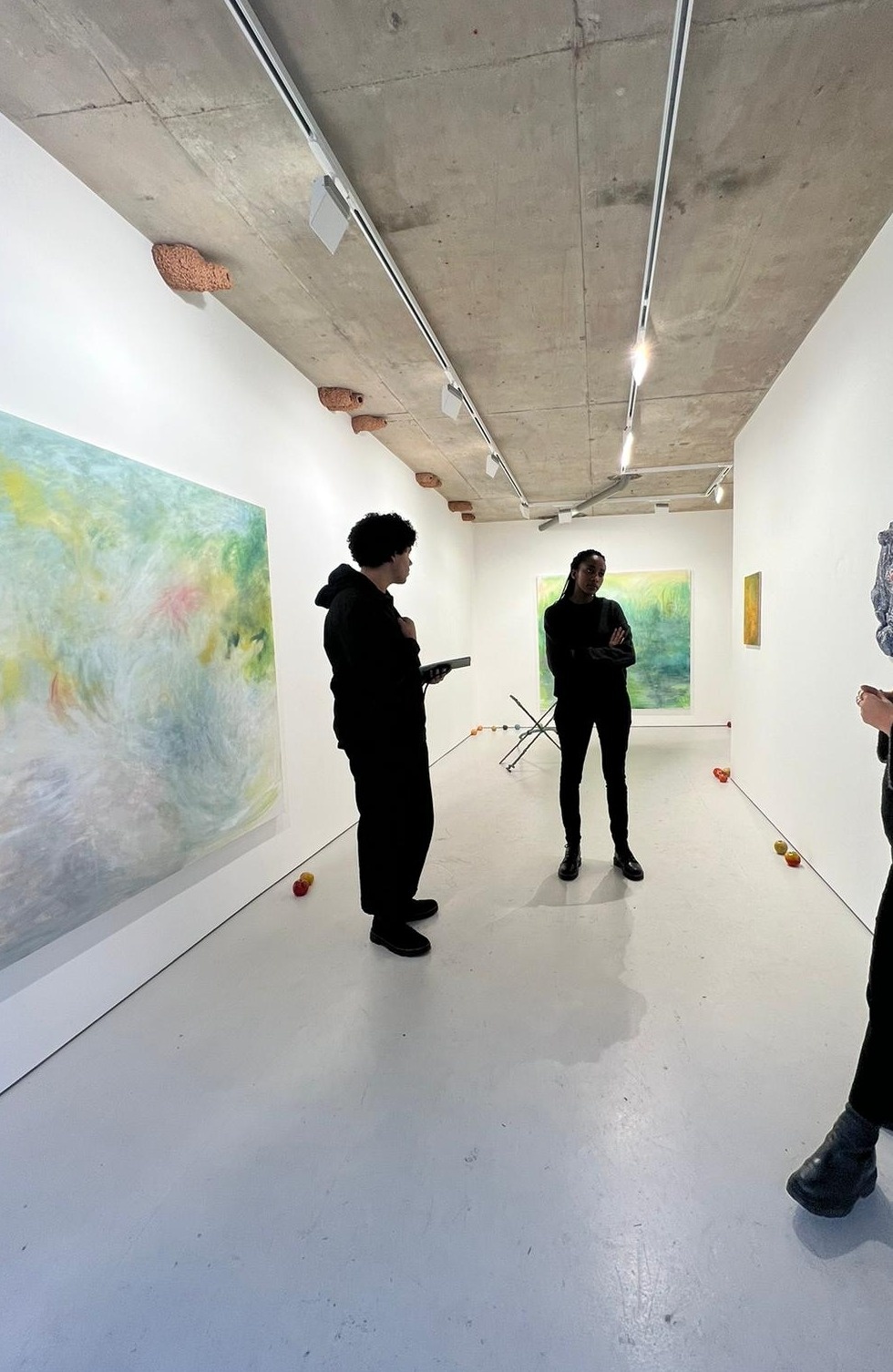
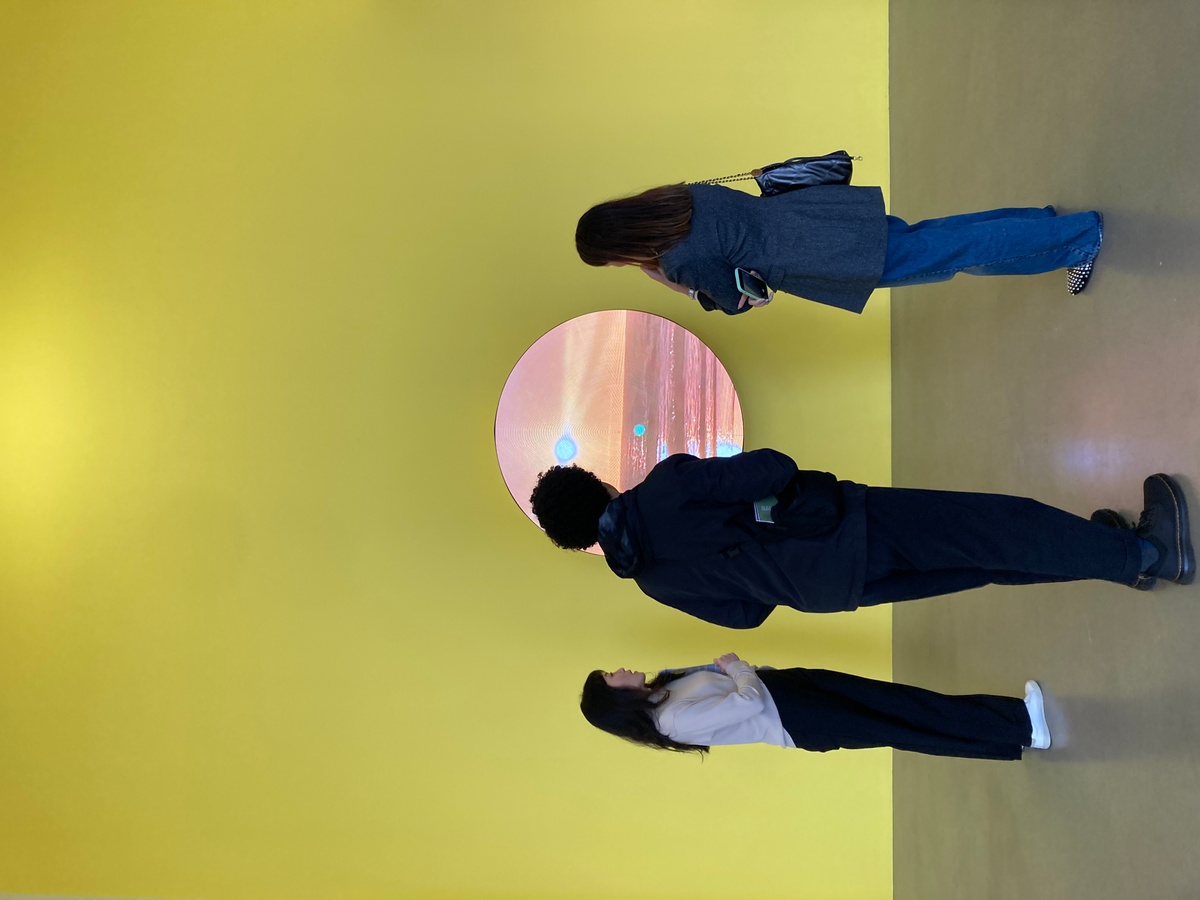
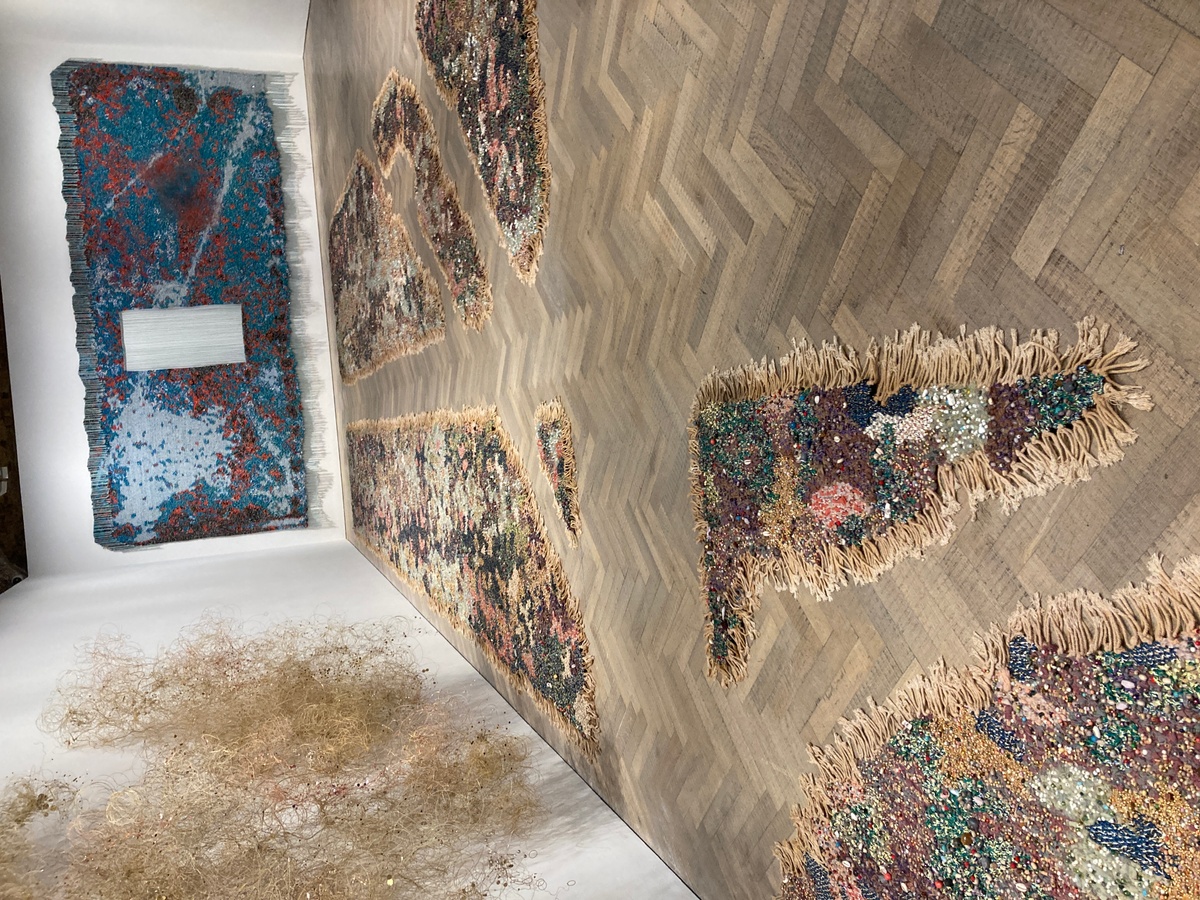
A self-described “hub for activity outside of Frieze London,” Cornershop gave us fascinating insight into the emerging art scene with an exhibition on the world of nail salons. We met many very young people (under 25) who have started their own galleries, such as Studio Chapple. Through this opening we learned of Enclave, a row of subsidised gallery spaces in Deptford.
Tuesday, 31 October
On this day we visited the publicly funded Camden Art Centre and private foundation Zabludowicz Collection. We also had meetings with the directors at Lisson Gallery, Workplace Gallery, and Gathering. We met artists Deborah-Joyce Holman and Kemi Lijadu, to discuss their practices as well as the conditions of living and working in the London art world.Finally, we had dinner with a few participants of the newly launched New Curators programme.
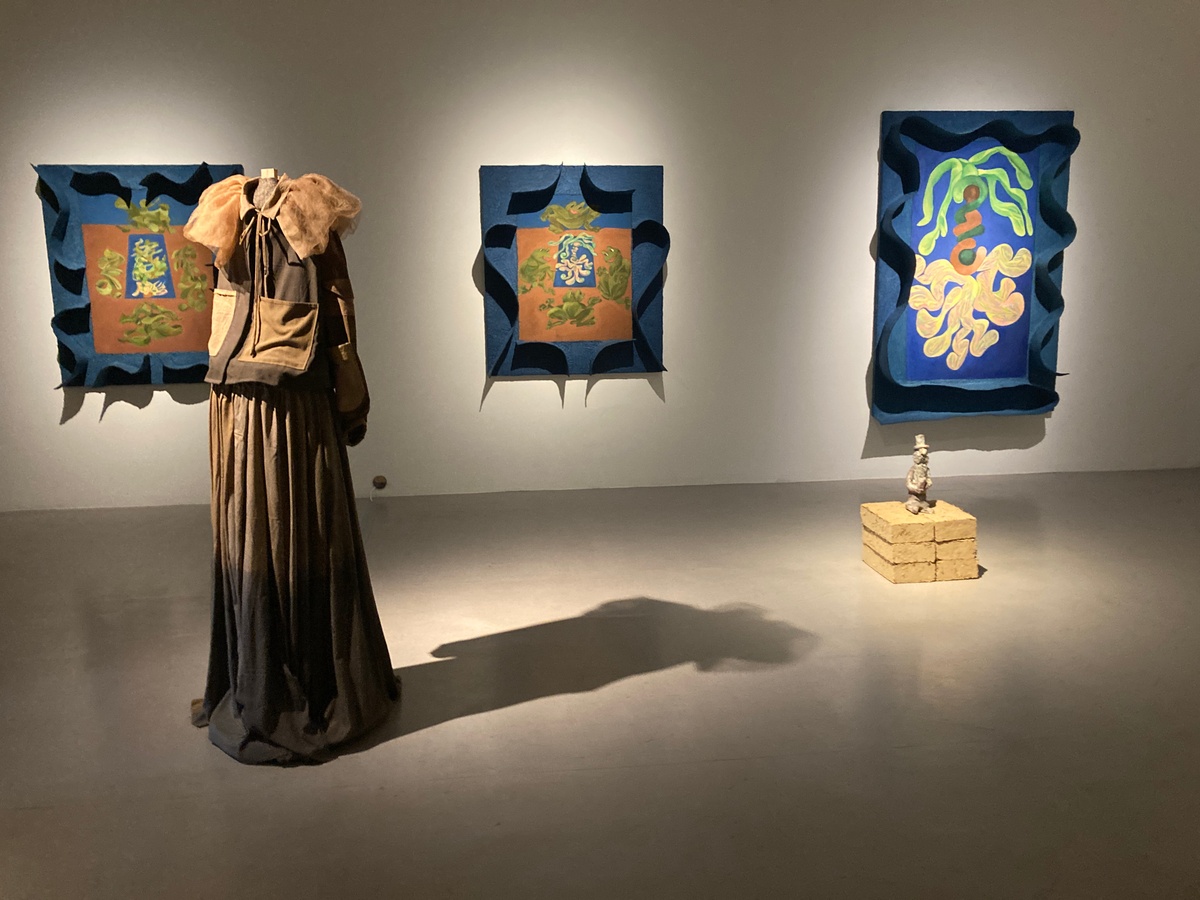
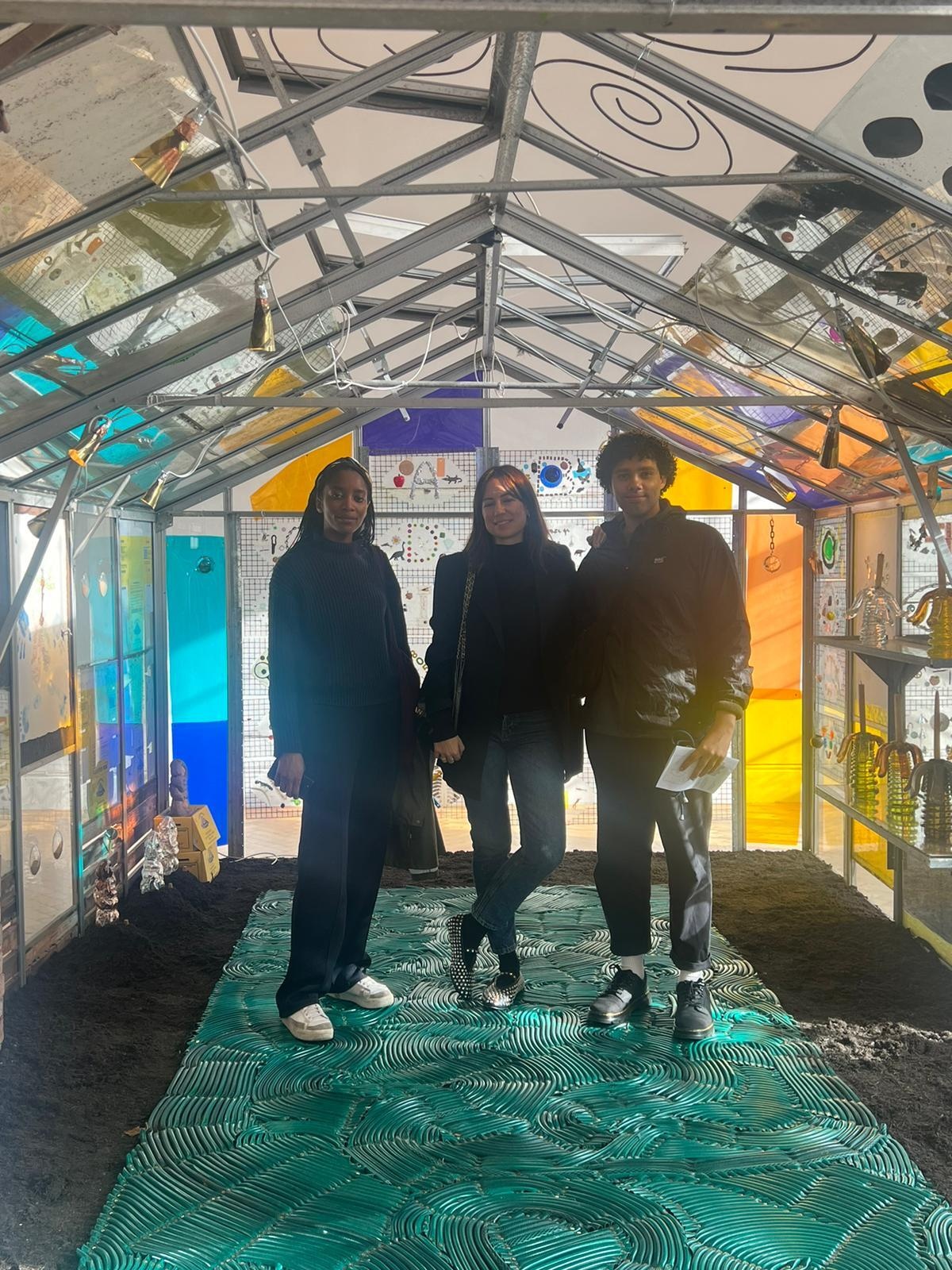
At Camden Art Centre, we spoke with Chief Curator Gina Buenfeld-Murley and Assistant Curator Arese Uwuoruya. Buenfeld-Marley described how the institution has navigated decreasing financial support from the government. For example, instead of shipping works for exhibitions, artists produce the works on site through residencies in the lead up to their exhibitions.

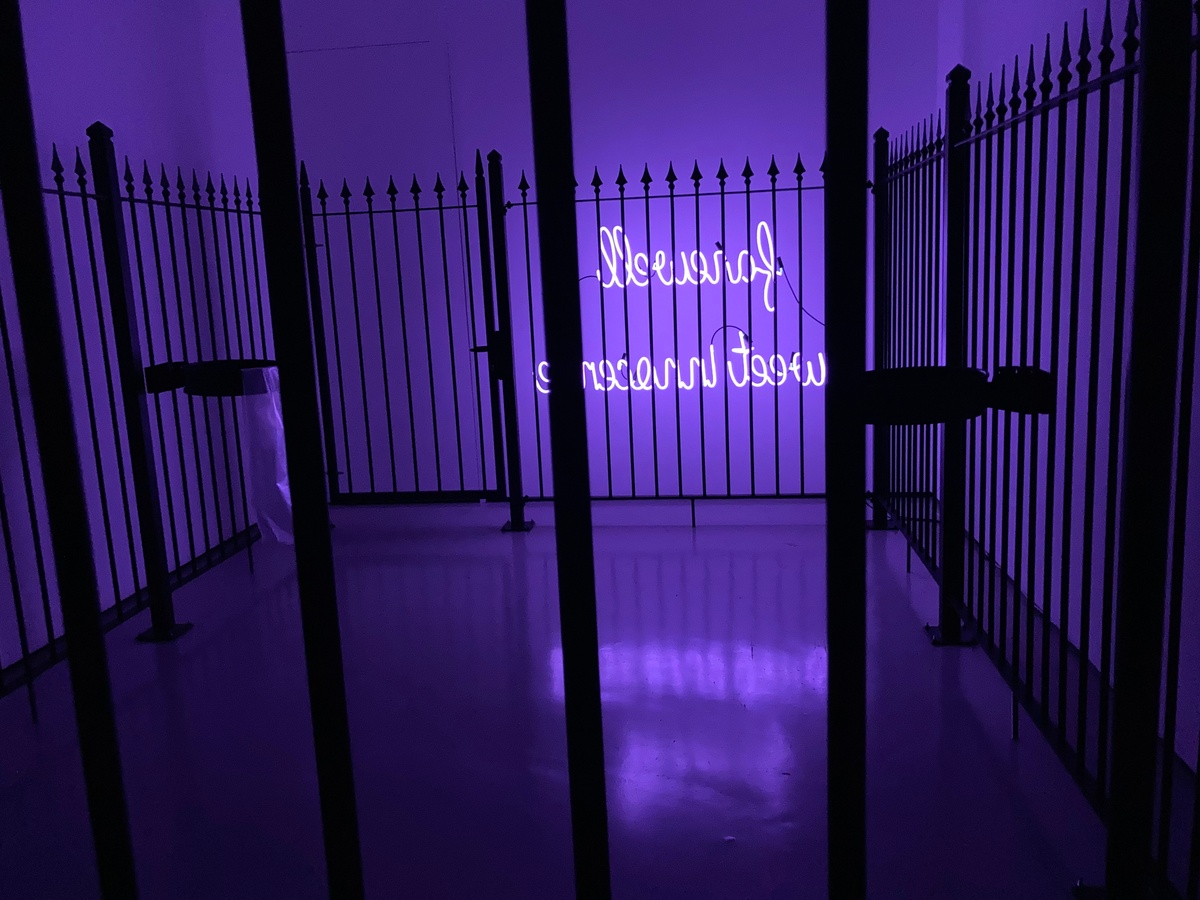
Given the often highly competitive nature of the London gallery scene, it was interesting that Workplace and Gathering collaborated for a joint exhibition of Simeon Barclay’s works. I was also impressed with Workplace’s efforts to support artists from the north of England through their commercial programme, as well as their foundation which provides exhibition opportunities and public workshops.In the South African context, there is great need for opportunities to access the contemporary art world outside of the hubs of Cape Town and Johannesburg.
Wednesday, 1 November
We travelled out of London, to the seaside town of Margate. The city has become a hub for artists and curators living outside of London with the founding of Turner Contemporary, Tracey Emin’s TKE Studios and TEARS residency programme, commercial gallery Carl Freedman Gallery, and project space Quench.
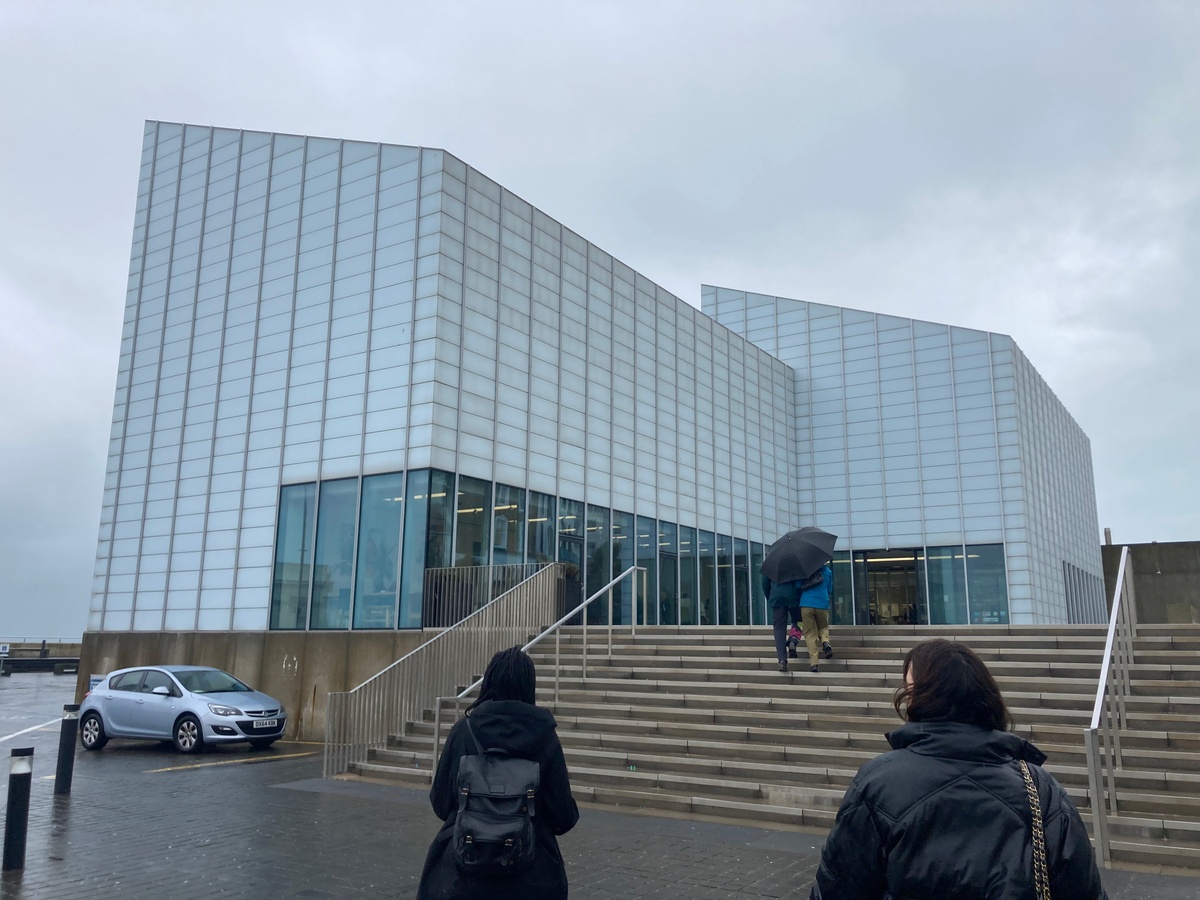

Mark Leckey commissioned artists who had participated in his multi-year educational project to produce multimedia works lasting under 6 minutes. Their prompt was ‘the offing’: “where the sea meets the land and the sky, Margate is where the contemporary meets the nostalgic, and music is where the popular meets the esoteric.” He compares the process to his role as a DJ on NTS Radio, or as a magazine editor. ‘In the Offing’ offered intriguing examples of alternative art- and exhibition-making.
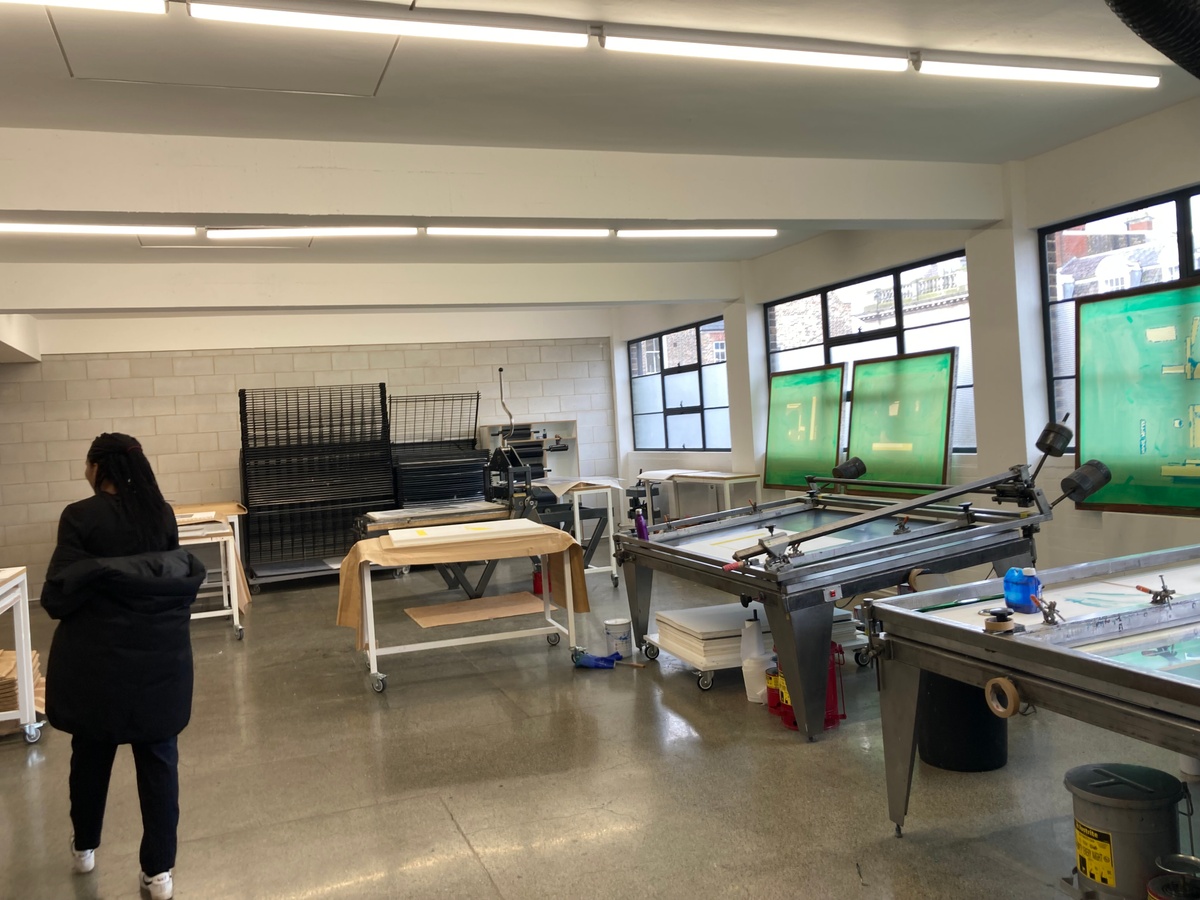
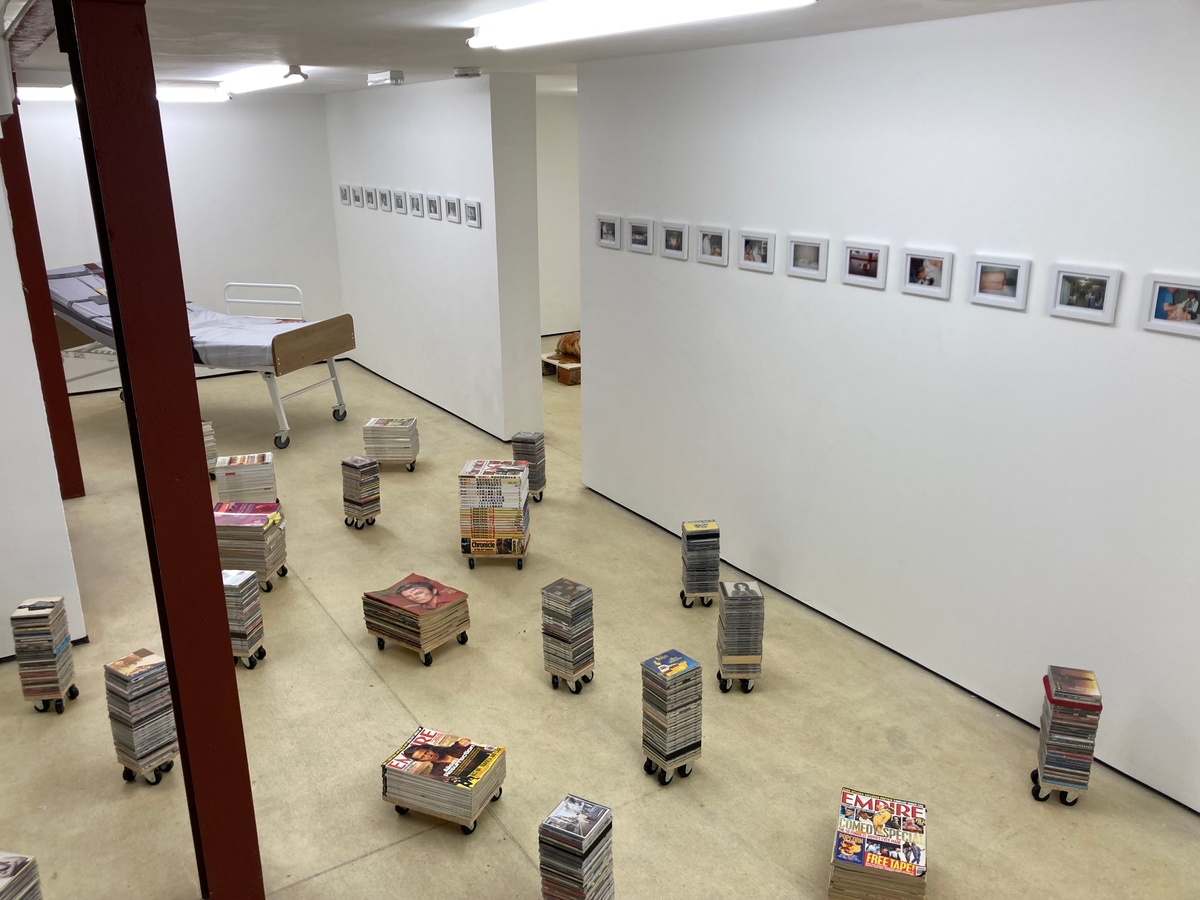
Quench was one of the spaces that felt most relatable to the South African context. Quench is a non-profit, artist-run space and one of the few platforms for emerging artists in Margate. Their funding model is interesting – they rely on crowdfunding, merchandise, and artwork sales by the founders, as well as some public funds from Art Council England. Founded during the pandemic, their objective is to give curators and artists an opportunity to develop new work. In addition to exhibitions, they also host screenings and performances.
Thursday, 2 November
We explored a mix of community-focused non-profit galleries: Chisenhale Gallery, Four Corners, Auto Italia, Raven’s Row, and the Barbican.We also engaged with the founders of emerging, commercial galleries exhibiting experimental artistic practices at Soft Opening, Rose Easton, Maureen Paley, Mother’s Tankstation, and Emalin.
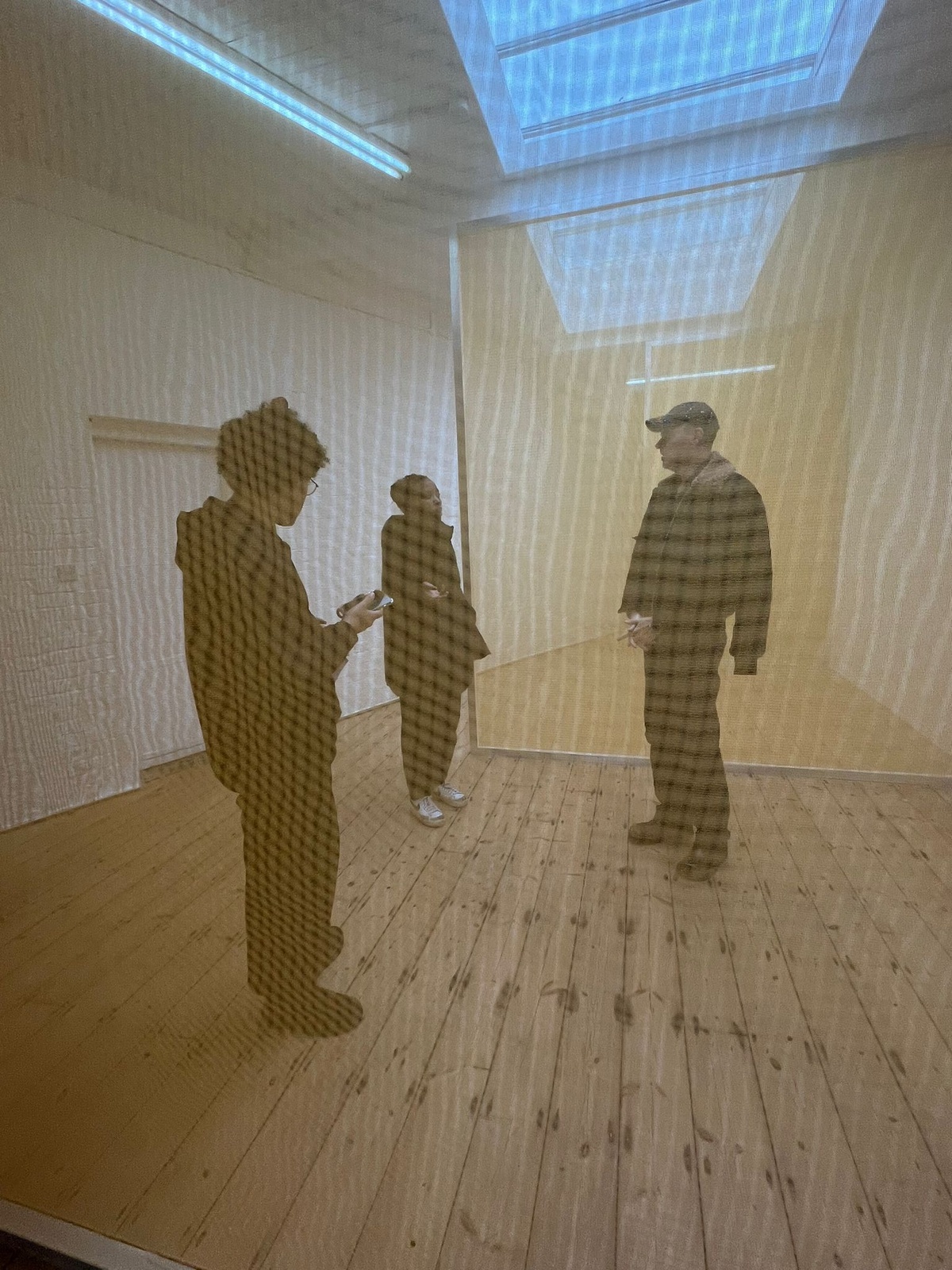

At Chisenhale Gallery, we had the opportunity to discusses the gallery’s objectives with Director Zoé Whitley. In the context of London, Chisenhale is unique in their emphasis on meeting the needs of the immediate community. It is located in the Tower Hamlets area, one of the most economically deprived in the UK but also one of the most culturally diverse. Having experienced chronic illness and hospitalisation as a child (which he explores in his show), Benoît Píeron co-hosted an event with the Great Ormond Street Hospital. In addition, Chisenhale co-runs an art programme for the pupils of Chisenhale Primary, across the street from the gallery.
“Always work your front desk.”– Zoé Whitley, quoting Thelma Golden’s advice to curators.

Rose Easton and Soft Opening both demonstrated what an integrated creative sector can accomplish. Sin Wai Kin’s works at Soft Opening deployed knowledge of drag makeup and high value film production, while Arlette’s exhibition utilised the metalworking skills that she learnt from her father, alongside the set design and merchandising skills that Easton has gained through the fashion industry, as demonstrated by a vending machine of editioned works.It would be interesting to see what could be accomplished in the South African art world with more cross-disciplinary collaboration.
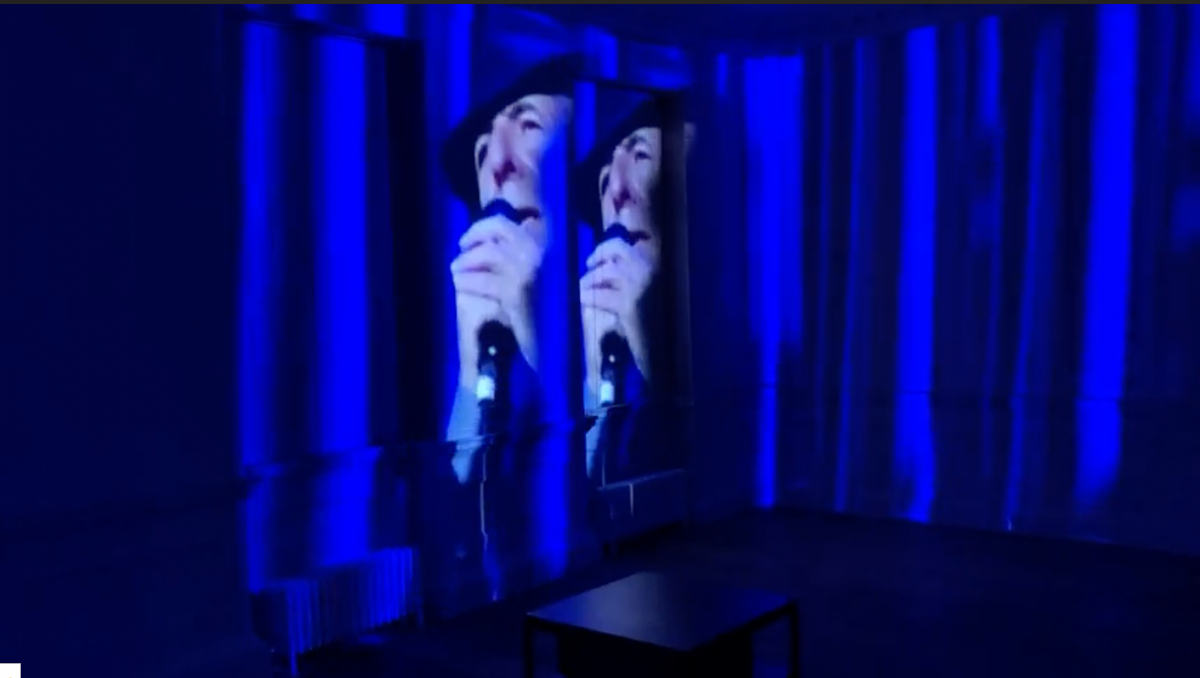

Friday, 3 November
The directors at Studio Voltaire and Matt’s Gallery explained how they maintain and continue to expand their non-profit, artist-focused organisations. In Vauxhall and Mayfair we went to exhibitions at Cabinet, Pace, Pilar Corrias, and Royal Academy. Marina Abramovic’s exhibition was a thorough retrospective with astoundingly high production quality in the display of video, performance, and installation. Serpentine Art + Tech’s event ‘Beyond Cultures of Ownership: Emerging Strategies for Interdependence’ gave fascinating insight into the current conversations about AI’s effects on culture. I ended the day in East London at the packed opening of an exhibition of recent graduates at Guts Gallery.
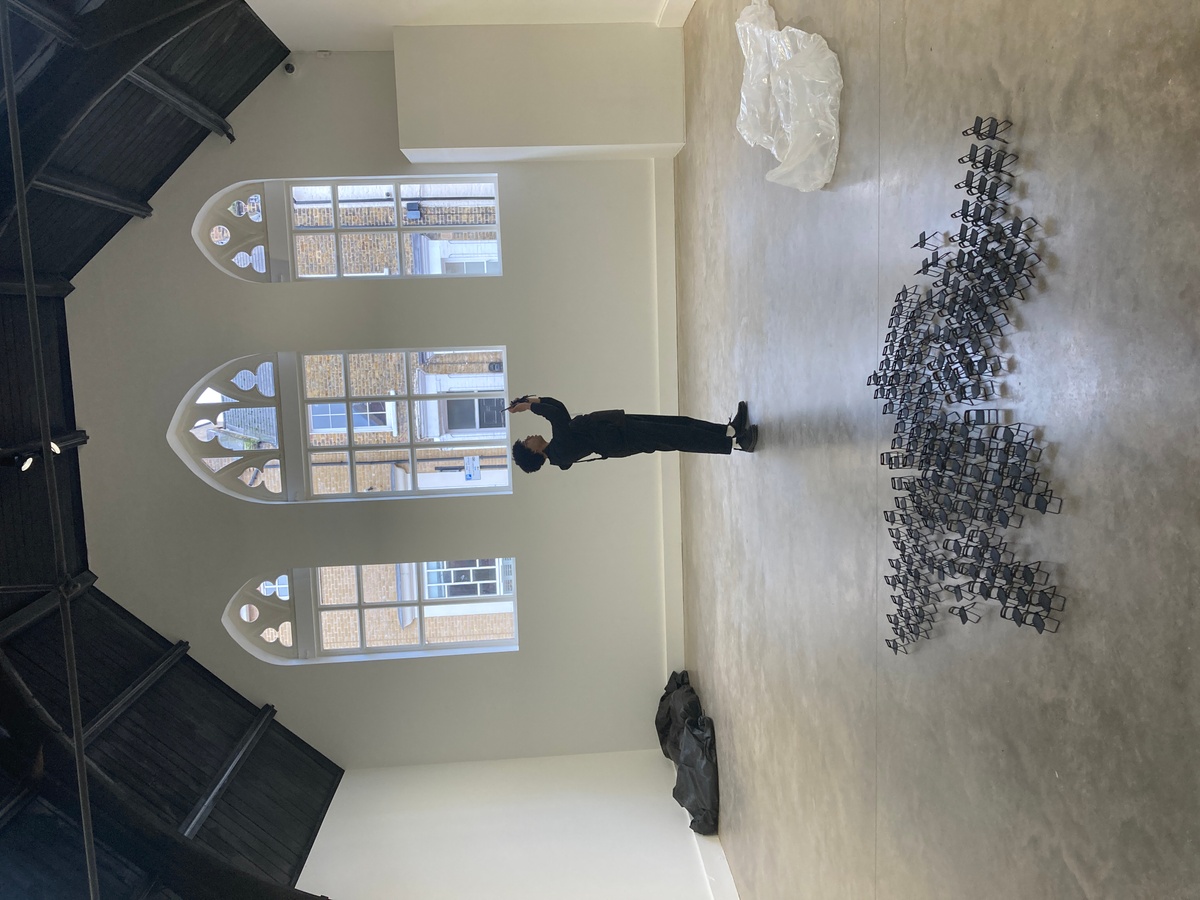

Studio Voltaire’s commitment to supporting artists beyond just exhibitions was heartening. Behind the scenes there are 61 studio spaces, rented to artists and cultural workers – including an organisation which gave access to art therapy to people with special needs. There was emphasis placed on professional development and ‘pastoral care’. In addition, Director Joe Scotland spoke to us about the Loewe Foundation/Studio Voltaire Award, which provides emerging artists with £5000 and a rent-free studio.The quality, breadth, and creativity of their artist merchandise in their shop, House of Voltaire, was also interesting. These sales have supported the expansion of the programme.

The exhibition Precursing by Nina Davies at Matt’s Gallery was a highlight of the trip. It was an exploration of how new technologies (social media, video games, self-driving cars) affect culture and human behaviour. The exhibition began as a well-executed video installation, and ended with a thrilling performance of people moving like NPCs in public space for over an hour.Matt’s Gallery is impressive in its model and continued relevance – they are a non-profit organisation working mainly with young artists and they have managed to sustain the programme since its founding in 1979.
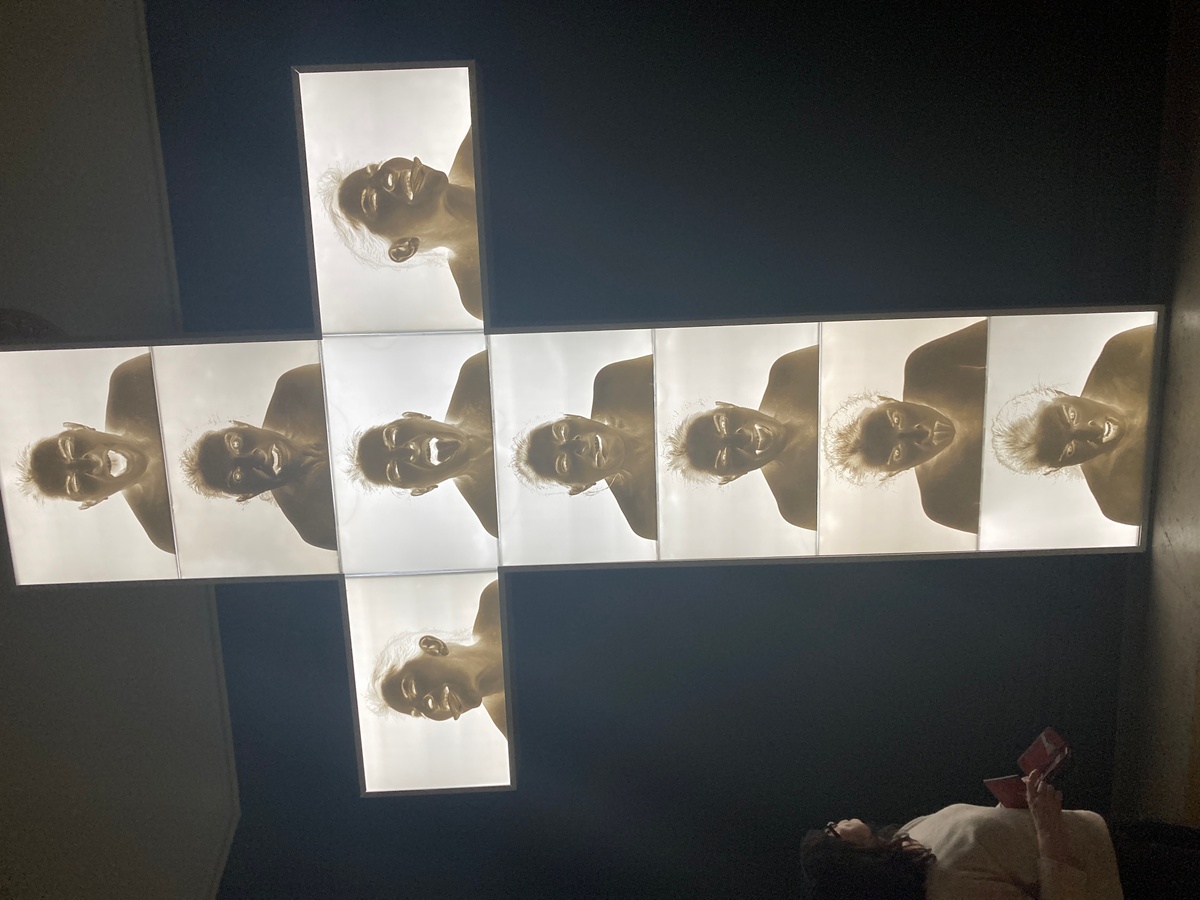

Saturday, 4 November – Monday, 6 November
Over the weekend, we ended our trip with a screening of Vietnamese video art at Lux Moving Image, performances at Enclave, an interactive gaming exhibition at the Science Museum, and conversations with the residents at Delfina Foundation.
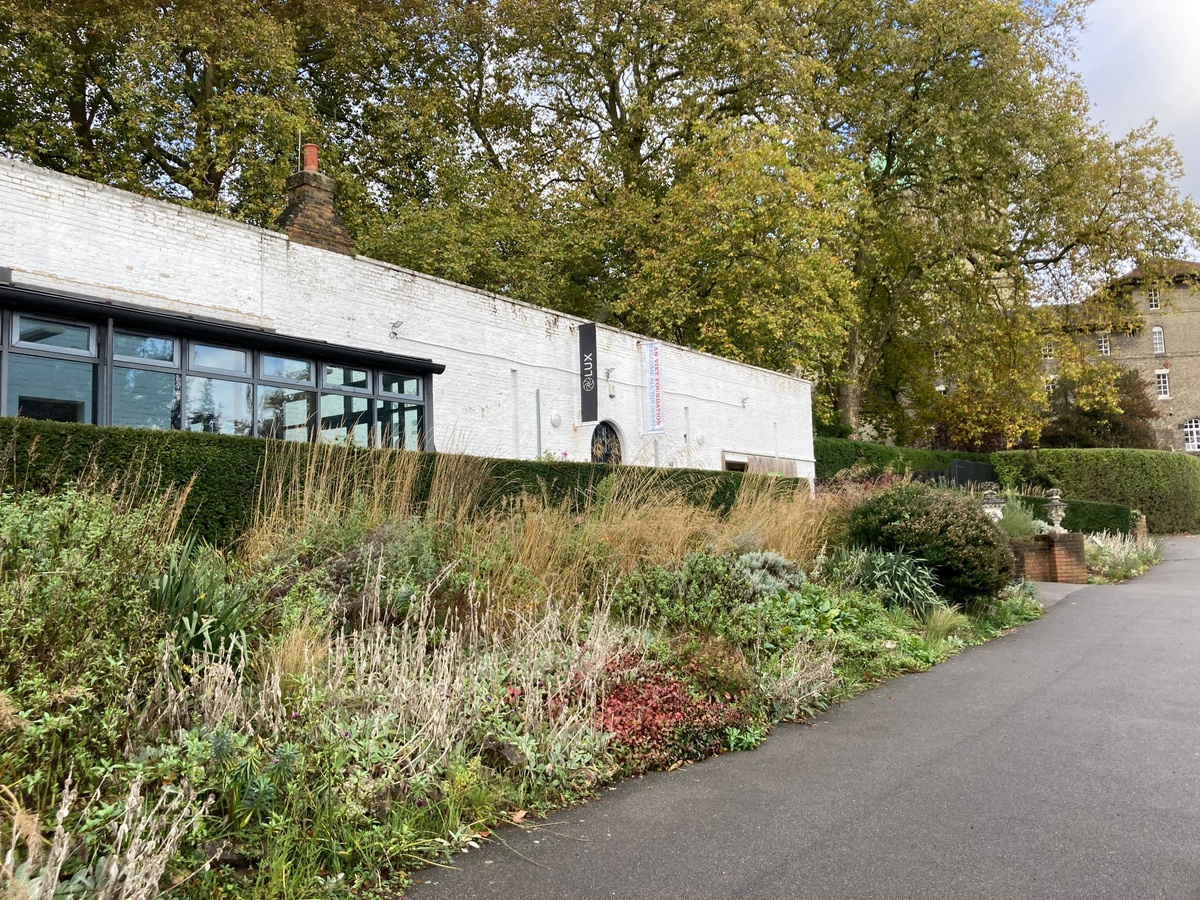
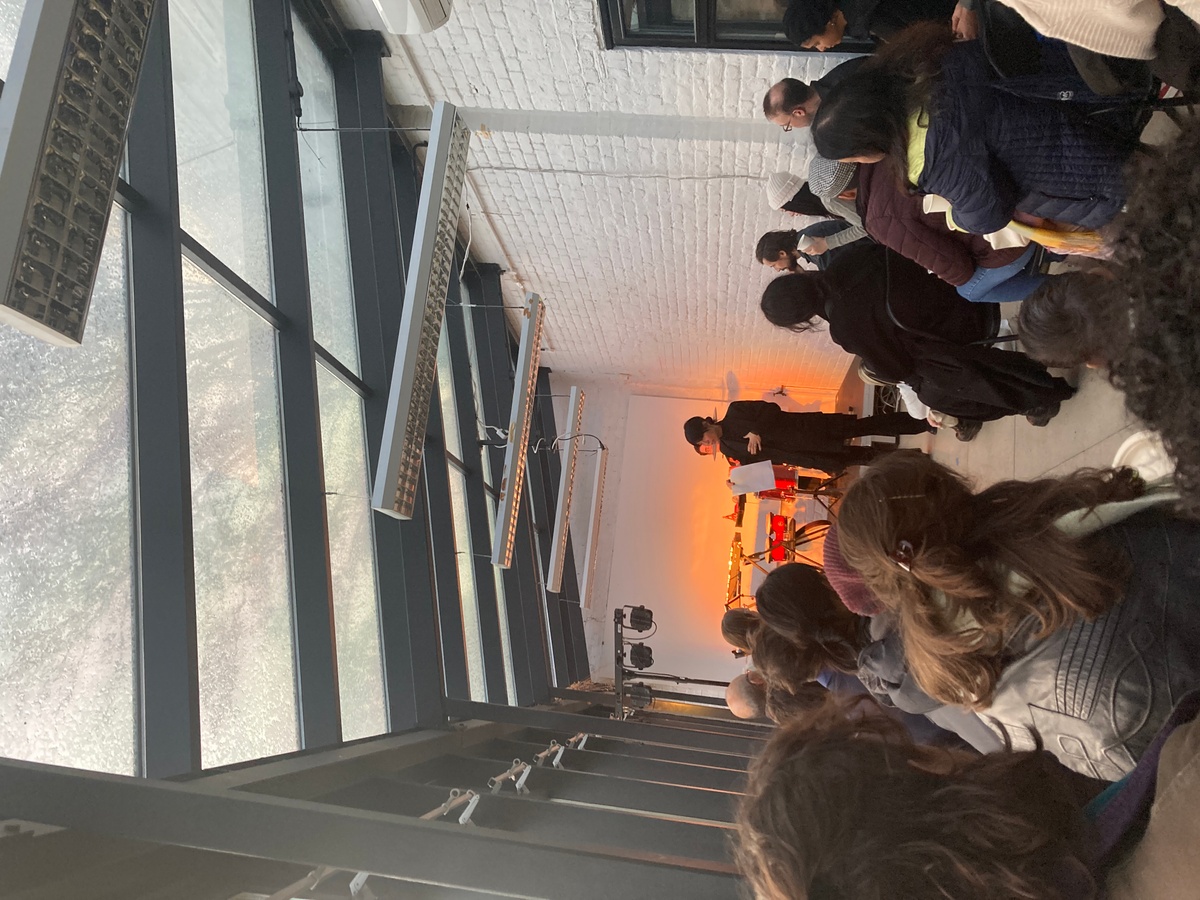
We were introduced to Enclave by Louis Chapple, who is one of the gallerists in the subsidised row of spaces in Deptford. In addition to Guts Gallery, it was a fantastic illustration of the burgeoning community of young and ambitious artists and art workers. Louis noted that he has a full time job in addition to running his gallery, Studio Chapple over the weekends. At Meadow, we saw performances of spoken word poetry that were surprisingly ‘un-cliché’, with a welcoming audience mainly made up of people of colour. The lowkey energy of the event, with guests sitting on the floor, was a welcome change from the more established spaces that we had seen throughout the week.
